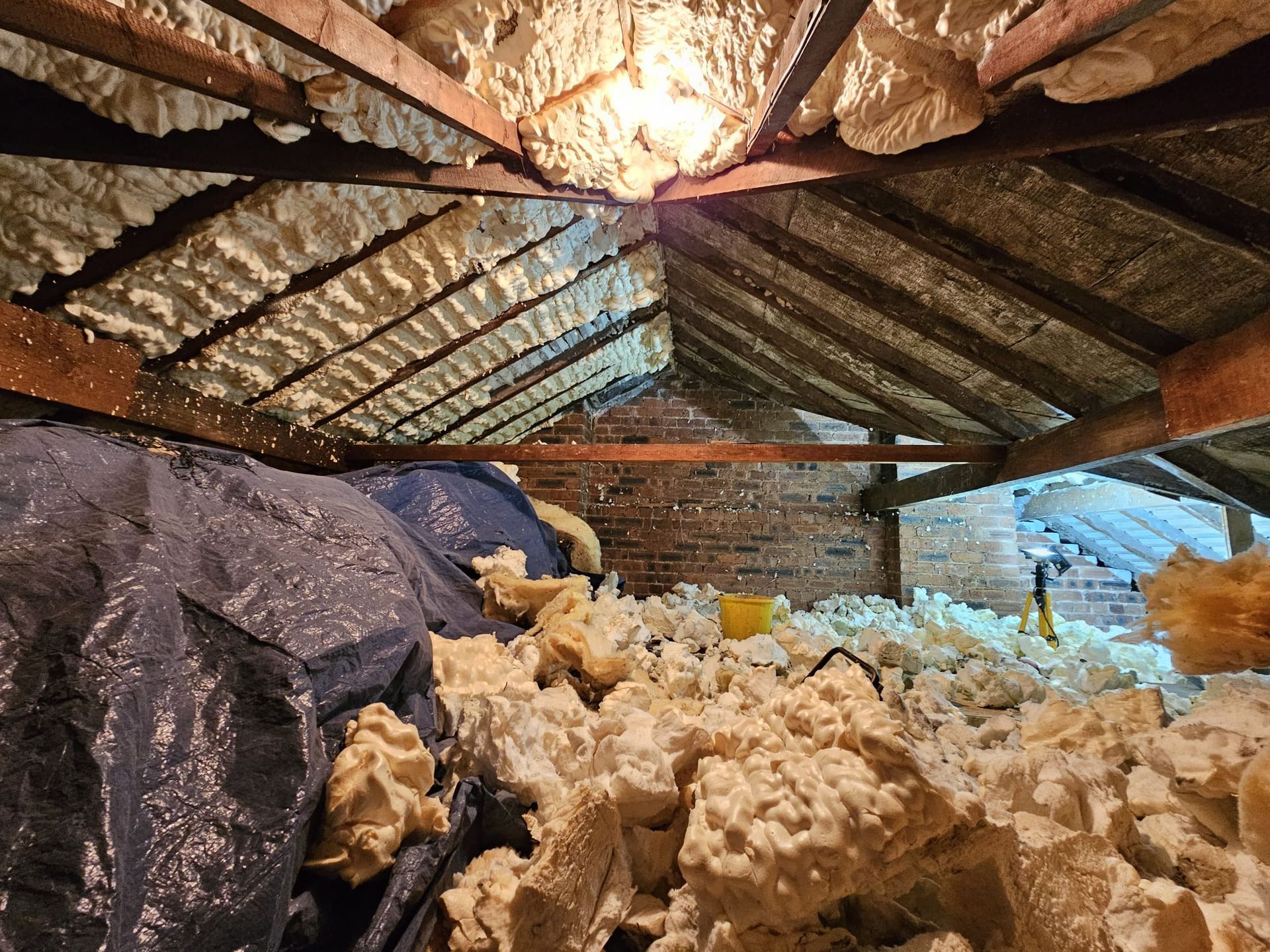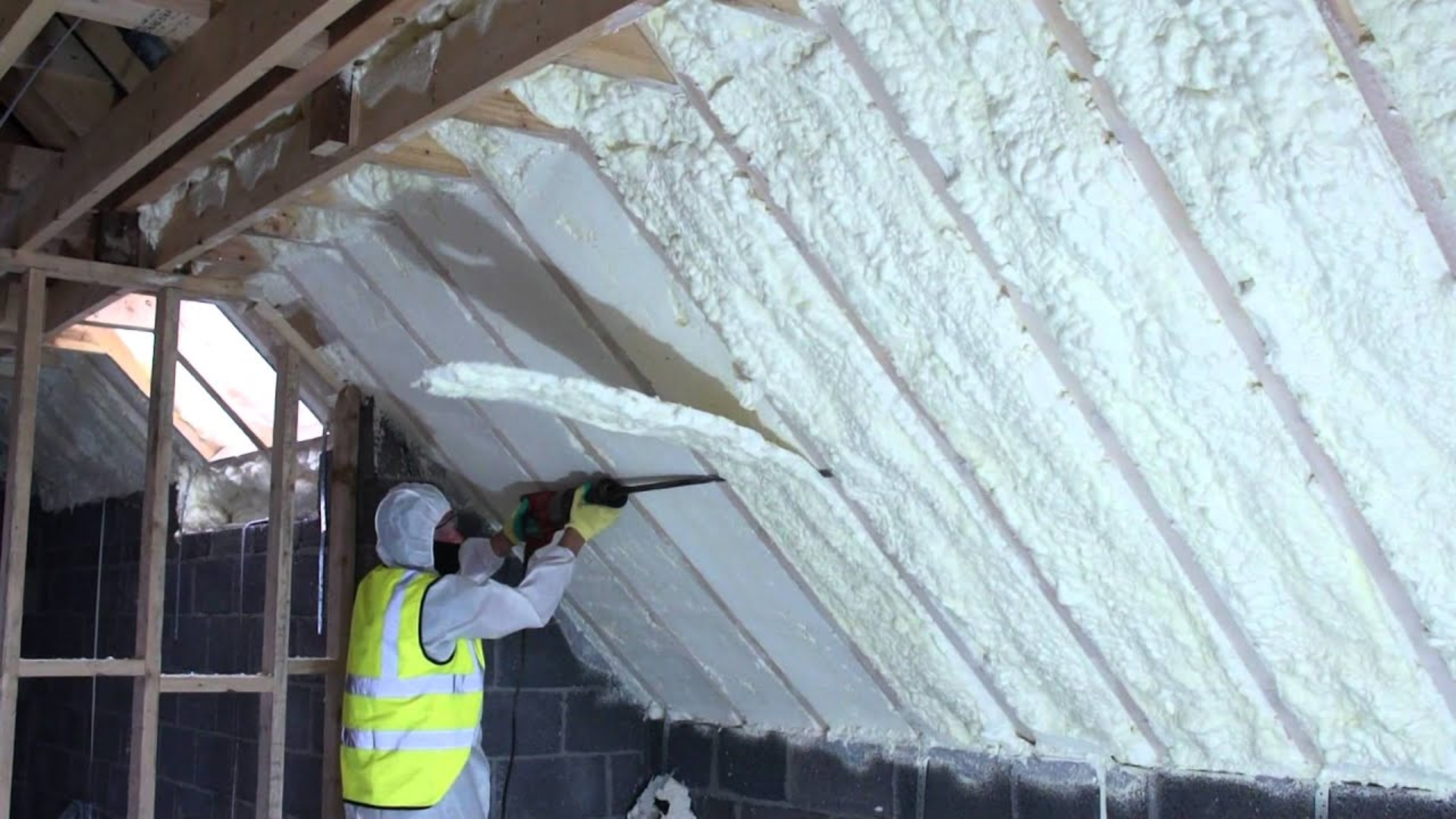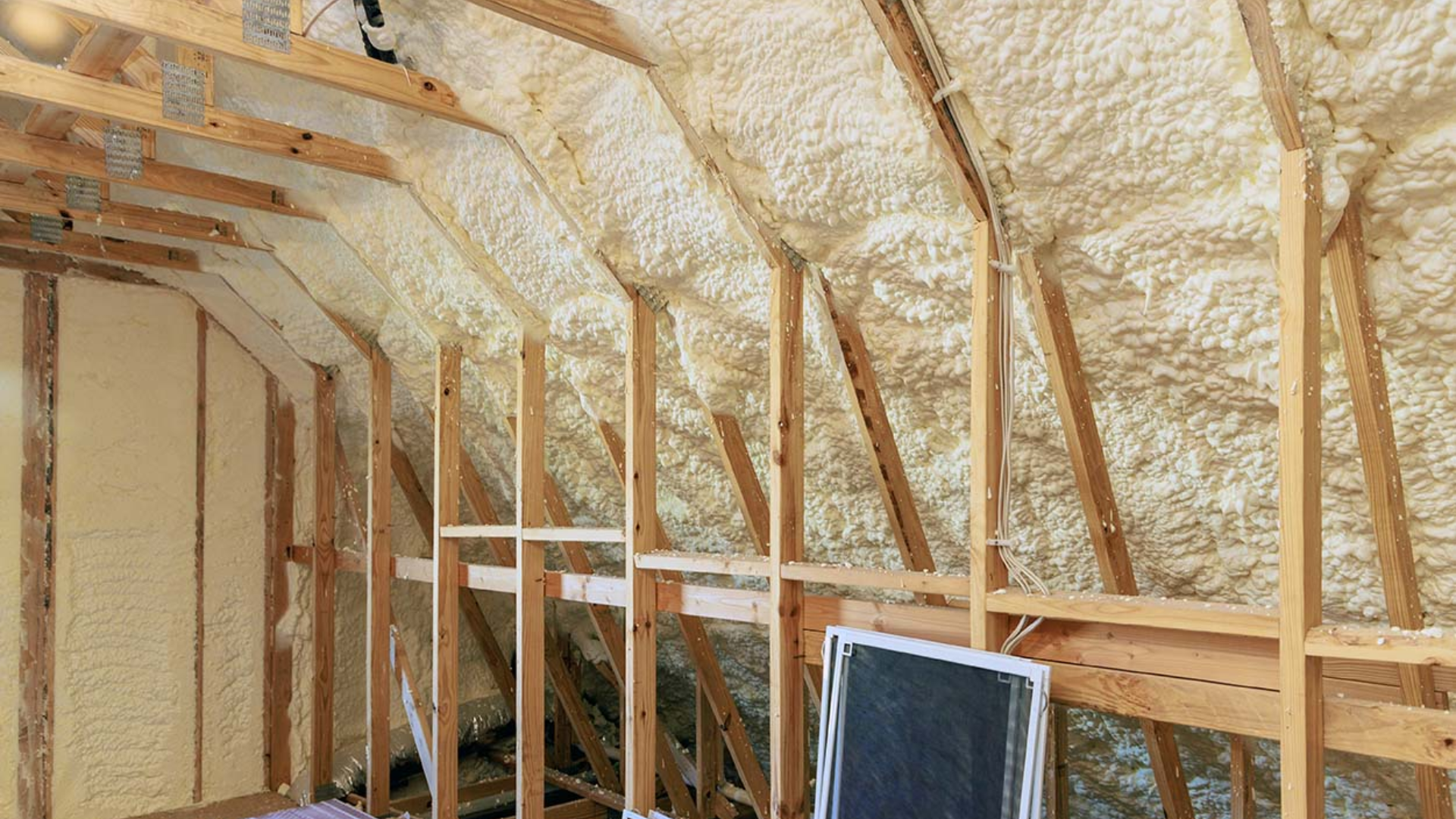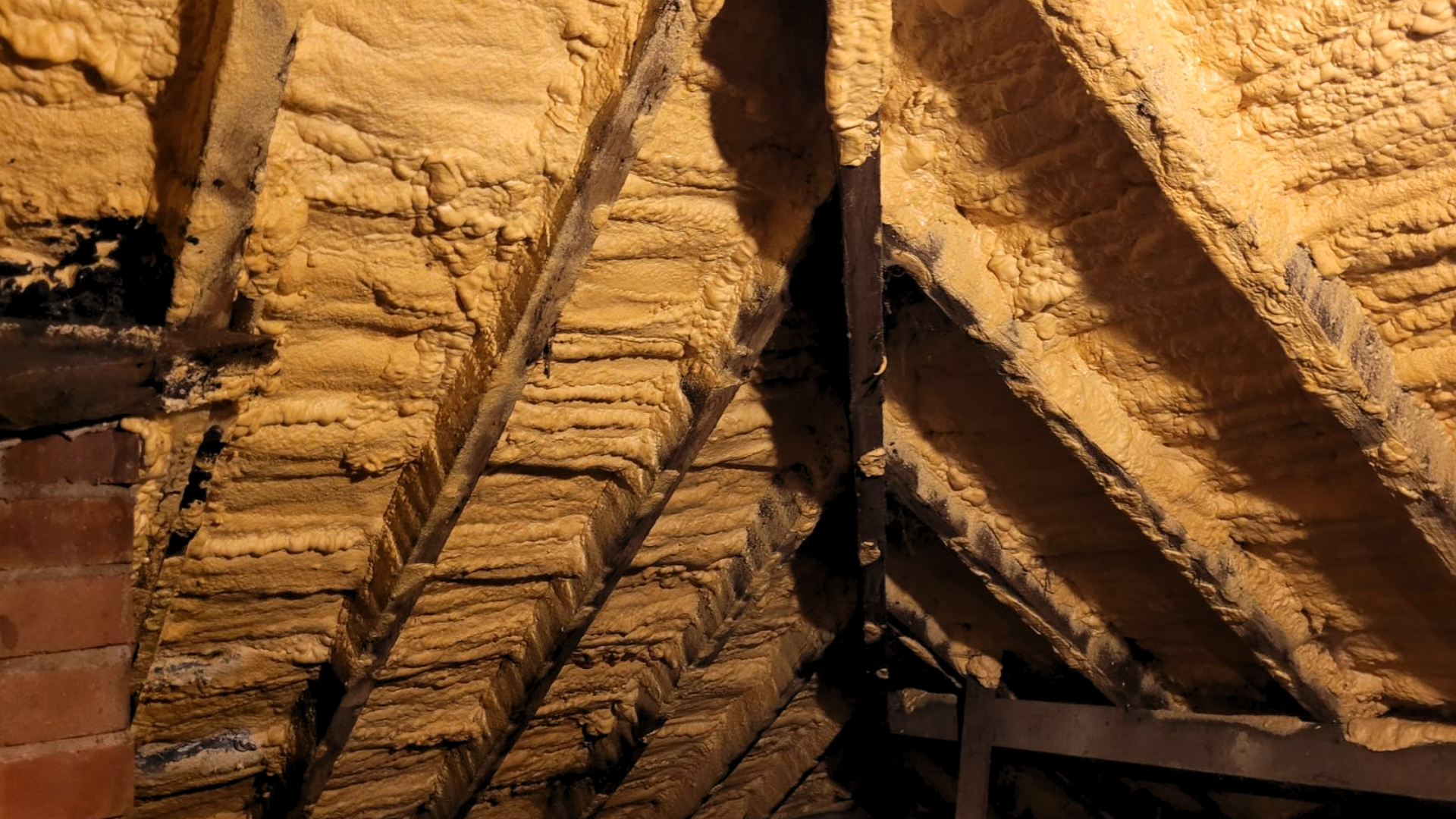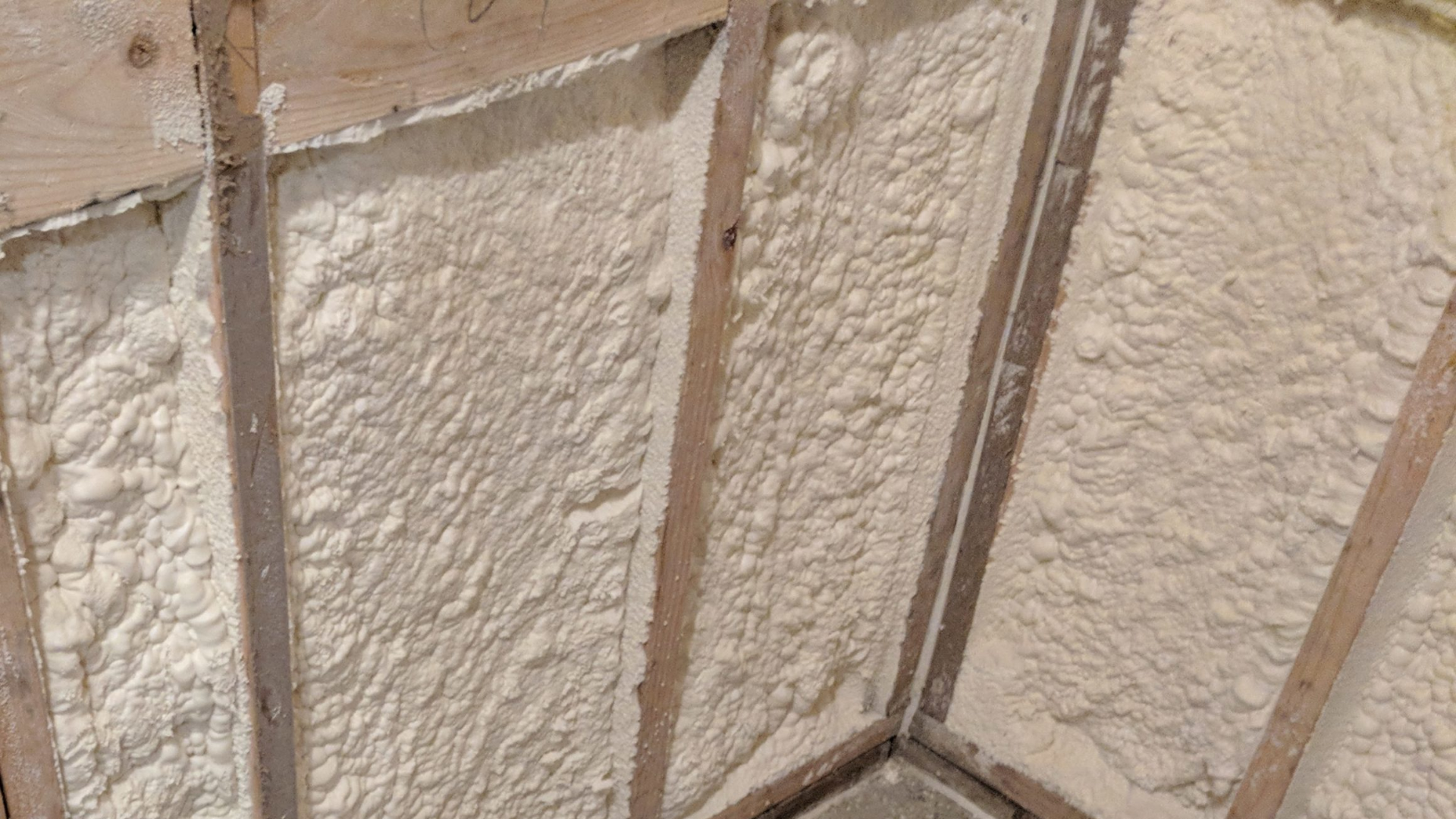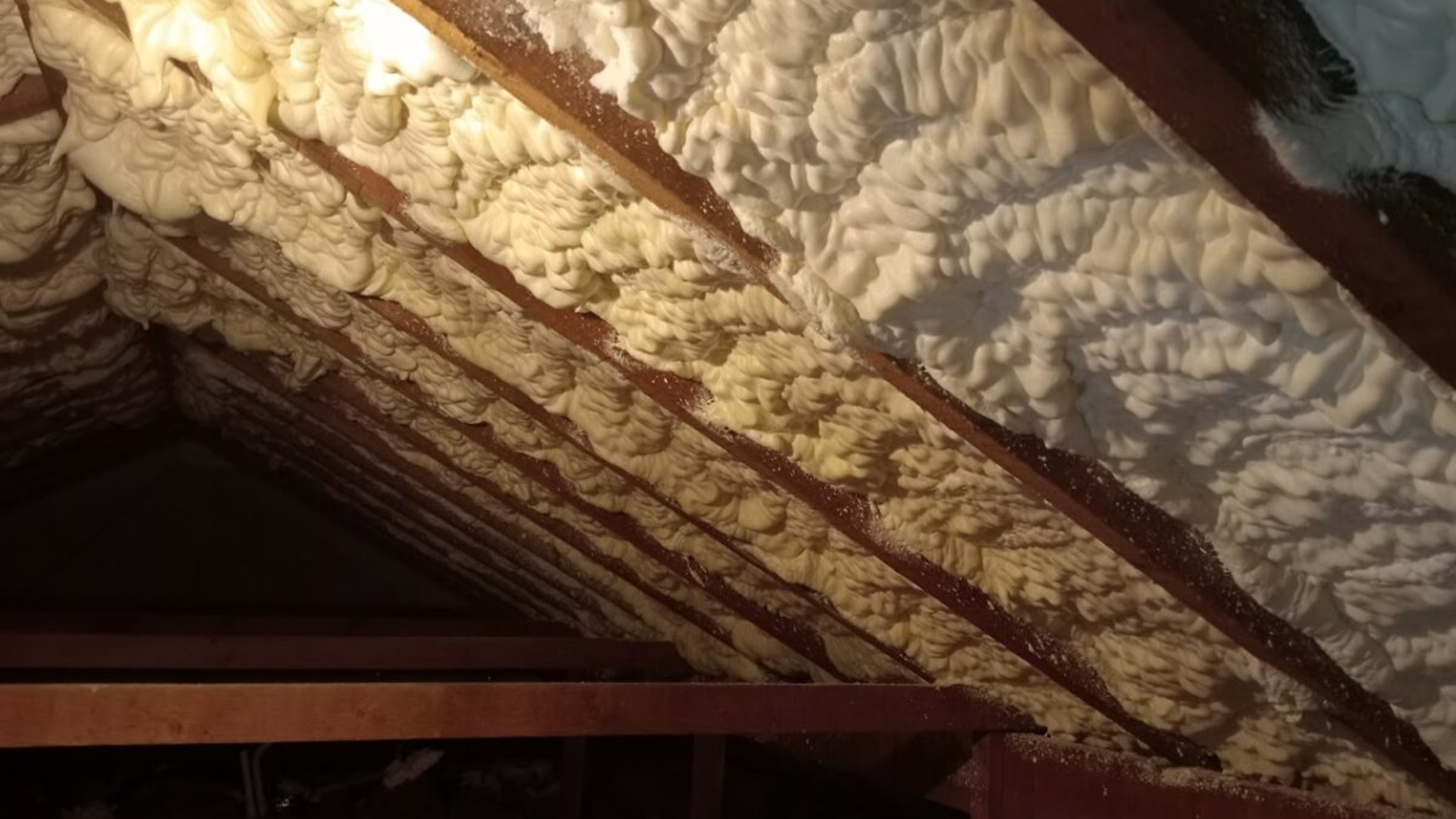DIY Gone Wrong: Common Mistakes in Spray Foam Removal
Mistakes to avoid in removing spray foam
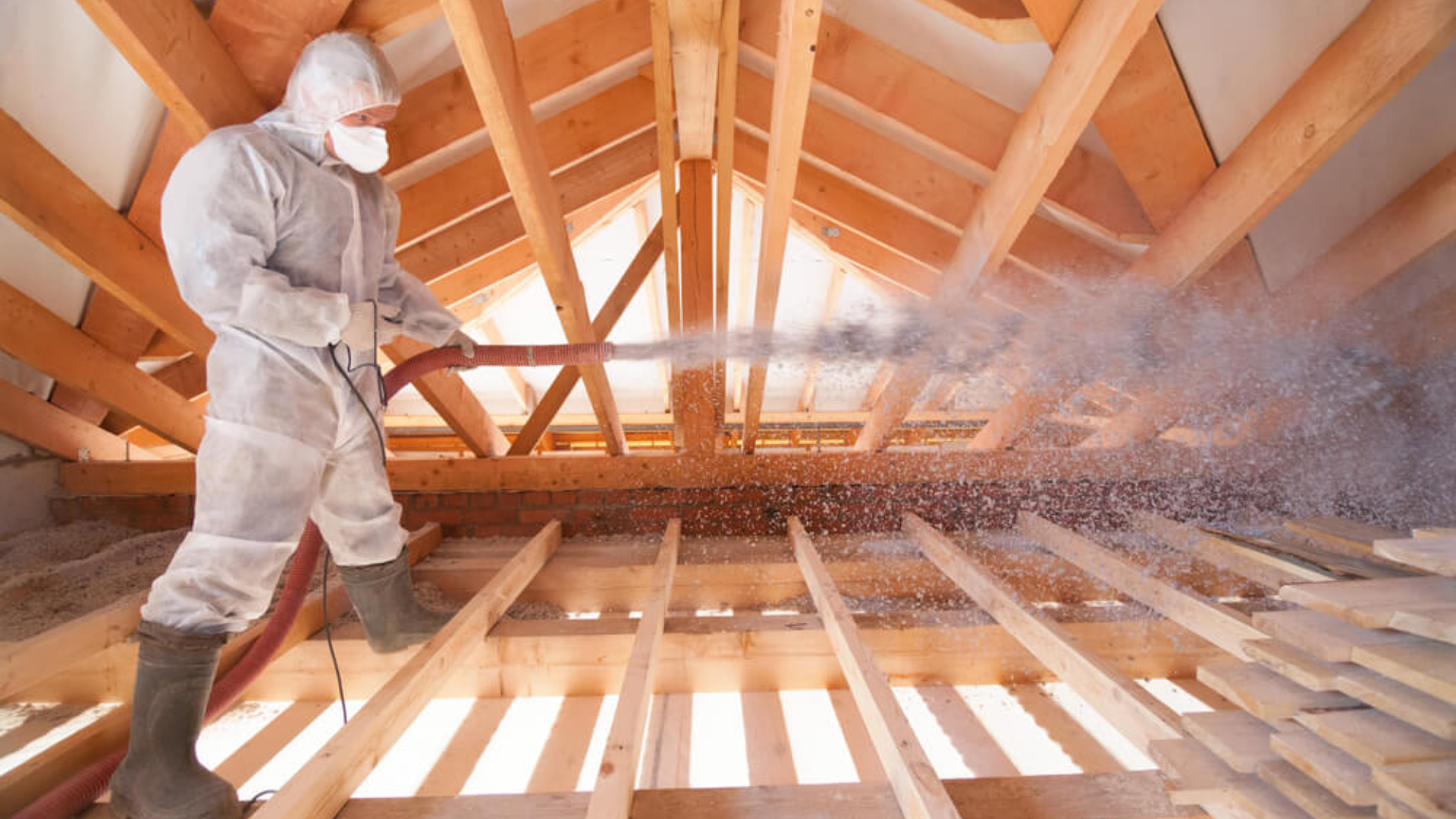
Spray foam has gained immense popularity as an insulating material for its high-efficiency thermal resistance and ease of application. However, there are occasions when homeowners find themselves needing to remove or adjust existing spray foam insulation—perhaps due to renovation projects, faulty installations, or simple upgrades. This is a task that appears deceptively straightforward but is fraught with potential pitfalls. In this article, we will delve into the common DIY mistakes in spray foam removal and how to avoid them.
Why Lofteaze is Your Go-To Expert in Spray Foam Removal
We at Lofteaze have specialised in spray foam removal for years. Our team consists of certified experts trained to handle complex removal projects with maximum efficiency and minimum disruption. Navigating the tricky terrain of spray foam removal is not a task for the uninitiated. Incorrect removal can lead to material wastage, structural damage, and even health risks. That's why it's crucial to trust experts like us for this delicate job.
Mistake 1: Incorrect Safety Gear
The Importance of Proper Safety Gear
When attempting to remove spray foam, many homeowners neglect the essential aspect of safety.
Common Misconceptions: People often think that a regular cloth mask and kitchen gloves are sufficient.
Reality: The particulates and chemicals involved in spray foam removal necessitate specialised safety gear.
Our Recommendations
Full-face respirator masks to protect from fumes and particles
Thick rubber gloves resistant to chemical exposure
Safety goggles to shield your eyes
Long-sleeve shirt and pants to minimise skin exposure
Mistake 2: Inadequate Ventilation
Improper ventilation can turn your spray foam removal project into a health hazard. Enclosed spaces can trap harmful fumes and particulates, posing risks of respiratory issues.
How to Ensure Proper Ventilation
Open all windows and doors in the area where you're working.
Use exhaust fans to help circulate the air.
Consider using an air purifier to remove particulates from the air.
Mistake 3: Using the Wrong Tools
The Trap of Common Household Tools
Many homeowners fall into the trap of using common household tools for spray foam removal. Screwdrivers, hammers, and kitchen knives are not only ineffective but can also damage your walls and the surrounding structure.
Specialised Tools for Safe and Effective Removal
Foam cutting saws or serrated blades designed specifically for foam materials
Chemical solvents approved for foam removal
Scrapers with a broad blade for maximum effectiveness
We can't stress enough the value of the right tools. In our experience, we've had clients who, before coming to us, attempted DIY removal with a kitchen knife and ended up damaging their walls. The repair costs ended up being much higher than what professional removal would have cost them.
Mistake 4: Incomplete Removal
Leaving remnants of spray foam can result in uneven insulation, which not only affects the thermal efficiency of your home but could also become a breeding ground for mould and mildew.
How to Ensure Complete Removal
Be meticulous in your inspection after the initial removal.
Use a flashlight to check for any hidden patches that may have been missed.
Follow up with a mild cleaning agent to remove residue.
Mistake 5: Disposal Mishaps
Inappropriate disposal methods not only harm the environment but can also put you at odds with waste management regulations.
Proper Disposal Methods
Place the removed foam in heavy-duty plastic bags.
Seal the bags tightly before disposal.
Consult your local waste management guidelines for proper disposal locations.
Why Professional Services are Worth the Investment
Let's talk numbers. While DIY removal might seem like a cost-effective option initially, the long-term repercussions can be financially draining.
Risk of structural damage
Potential health hazards due to improper safety measures
Environmental fines for improper disposal
In contrast, hiring professional services like Lofteaze ensures:
Expert and efficient removal
Adherence to safety protocols
Environmentally responsible disposal methods
Conclusion
Spray foam is an excellent insulation material when applied correctly. However, the removal process is intricate and fraught with challenges that the average homeowner might not anticipate. Mistakes in safety gear, ventilation, tool selection, incomplete removal, and improper disposal can turn a simple DIY project into a complicated mess. Trusting experts like Lofteaze can save you not just time and effort but also potential future expenses and health risks.
If you find yourself in a situation where spray foam removal is necessary, don't risk making these common mistakes.
Contact the professionals at Lofteaze for a safe, efficient, and hassle-free spray foam removal experience. Visit our contact page to get in touch with us today!
Book an appointment


